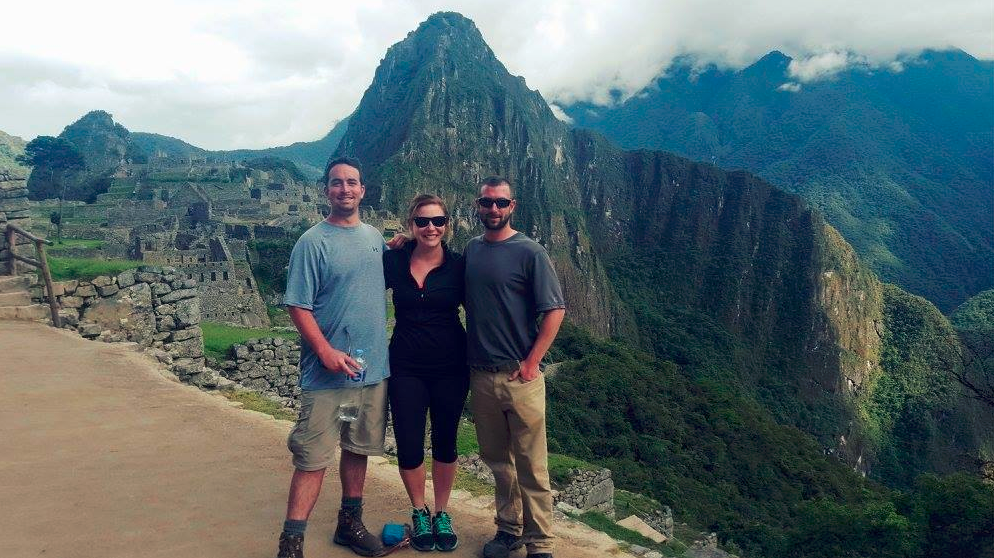
This past December, I packed up my backpack, grabbed my passport, and caught a flight to Peru to go on a two-week adventure. After a few layovers and delayed flights, I met up with my friends in Cusco, Peru on Christmas Eve. Cusco is the starting point for every traveler’s escapade to Machu Picchu. If you’re heading there to do this legendary trek, there are a few things you should know.
1 – Allow Time To Acclimate to Elevation
The city of Cusco sits at 11,152 feet – more than two miles above sea level. It’s recommended that you allow yourself at least 24 hours to adjust to the altitude before heading out on a hike to Machu Picchu. Some people get altitude sickness – nausea, headaches, and dizziness. This didn’t happen to us (thank-you Colorado altitude), but it can happen and last for multiple hours. Get to Cusco at least a day early to make sure you’re ready to go.
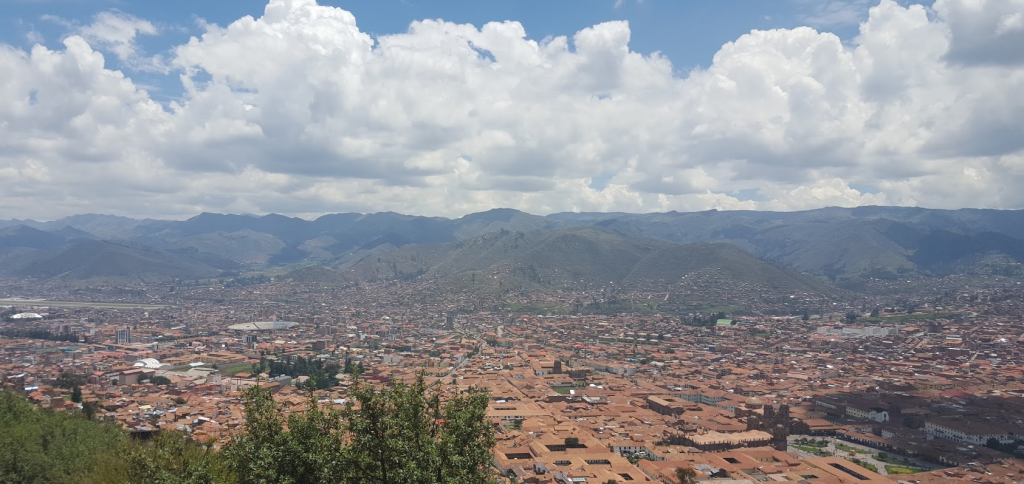
2 – Sign Up for a Community Visit
The company we booked our experience through, Cusi Travel offered an option for a Community Visit the day before the hike started. Find a company that does this!
The company picked me and my two friends up and drove us two hours outside of Cusco to the town of Chinchero where we visited a weaving co-op. Here we learned about the traditional weaving process of Peru and how natives lived and worked. The company then drove us even further into the heart of Peru to an Andean village called Mahuaypampa to stay overnight at one of the trek Porter’s family home.
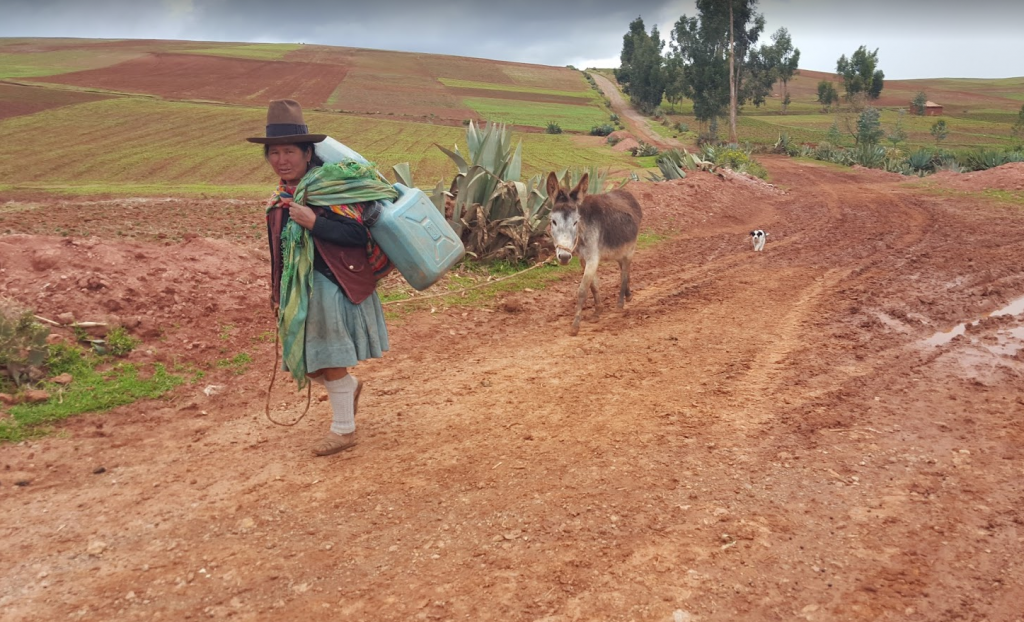
This was the coolest experience because it’s in a very rural village, and it gives you the opportunity to completely immerse yourself in a whole different world–a world where houses are made of mud, bathrooms are holes in the ground, kitchens are small rooms with huge cauldron pots and pantries are just rooms full of guinea pigs.
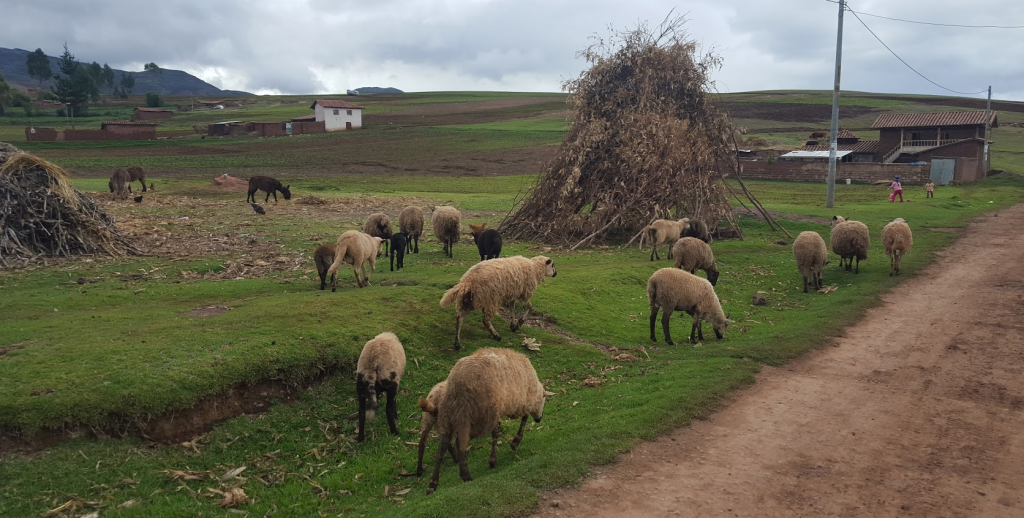
We had time to wander around the village, hang out with pigs, horses, cows, alpacas, and play soccer with some of the local children. The family then fed us a traditional meal that consisted of us trying to communicate and figure out what we were eating (we never found out, but who cares?) We then pitched our tents and camped out among the animals, while drinking coca tea and asking ourselves where the hell we were.
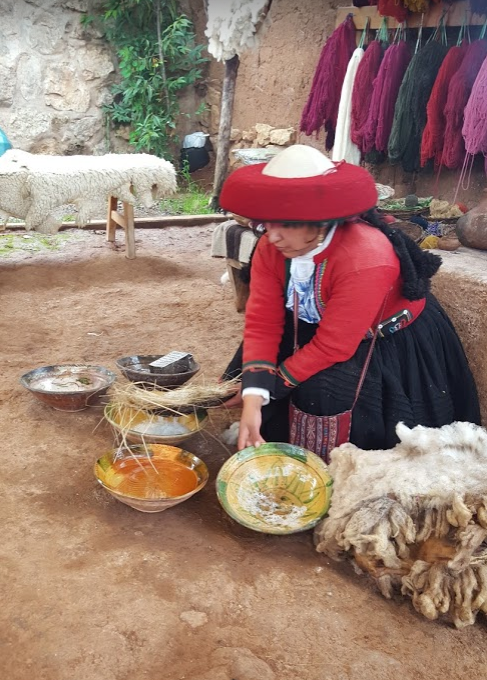
This experience is a once-in-a-lifetime type of thing – like nothing you’ll ever do or see – it might have been my favorite part of the adventure.
3 – Buy Your Machu Picchu Tickets in Advance
I’m all for just ‘figuring it out when I get there,’ but this is one instance where you can’t do that, especially if you want to do the Inca Trail.
You need to reserve a spot on the Inca Trail months in advance as they only give out 500/day and they fill up insanely fast. As for purchasing a Machu Picchu ticket – you’ll have to shell out some dollars, but it’s going to be cheaper if you do the research and buy one online before you go rather than trying to buy one when you’re in Cusco. If you’re booking your trek/experience through a company, they’ll usually include the cost of the ticket in the package – this makes it easier on you to get the ticket.
4 – Bring Your Passport
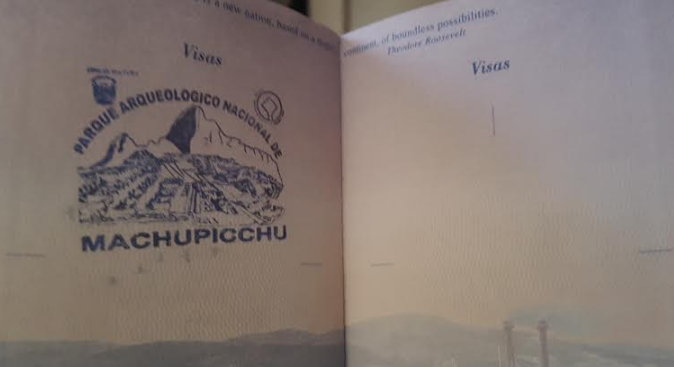
You need your passport to get into Machu Picchu – the guards won’t let you in without it. Plus, when you’re leaving Machu, they offer to stamp your passport – which is always a cool souvenir.
5 – Spend a Night in Aguas Calientes
Aguas Calientes is the town closest to Machu Picchu. You’ll have to go through this town on your way there or on your way back. It’s definitely a tourist town – but the scenery is absolutely incredible. If you have time to spare, book a hotel or hostel for the night.
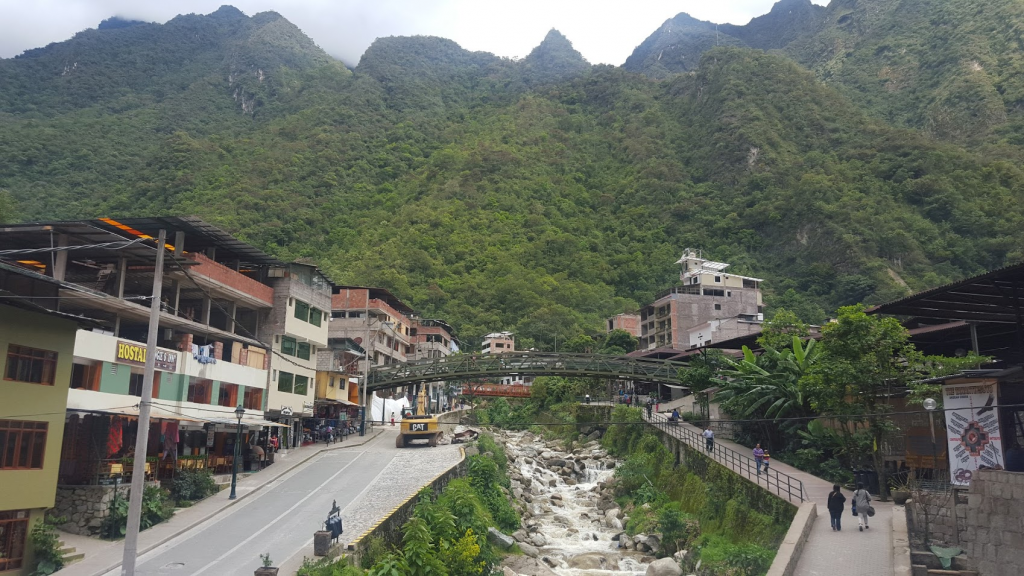
The town sits between two Andean mountains with a river running through. There are fun little restaurants, markets, and bars that you can spend time at – and there is a hot spring that you can indulge in (if you’re not sunburned and overheating – like us…)
6 – Don’t Depend on Your Spanish
I fancy myself a pretty good Spanish speaker, but my confidence was quickly crushed after meeting the porters for our Machu Picchu adventure. Their native language is Queshan – which is nothing like Spanish – and most of them don’t even speak Spanish. I’d recommend bringing a mini translator book if you want to try and have conversations with them. However, there should be a guide on your trek that speaks Spanish and some English.
7 – Bring As Little As Possible on Your Inca Trail Hike
Seriously. Don’t bring outfits. No matter what you do, you’re going to smell like complete s*** at the end of your trek – so my advice is to just embrace it. Bring one versatile outfit and get ready to be gross for four days. When else are you going to be able to do that? Plus, you’re hiking mountains for three days – material items and your physical appearance should be the last thing on your mind.
8 – Book a Tour Guide
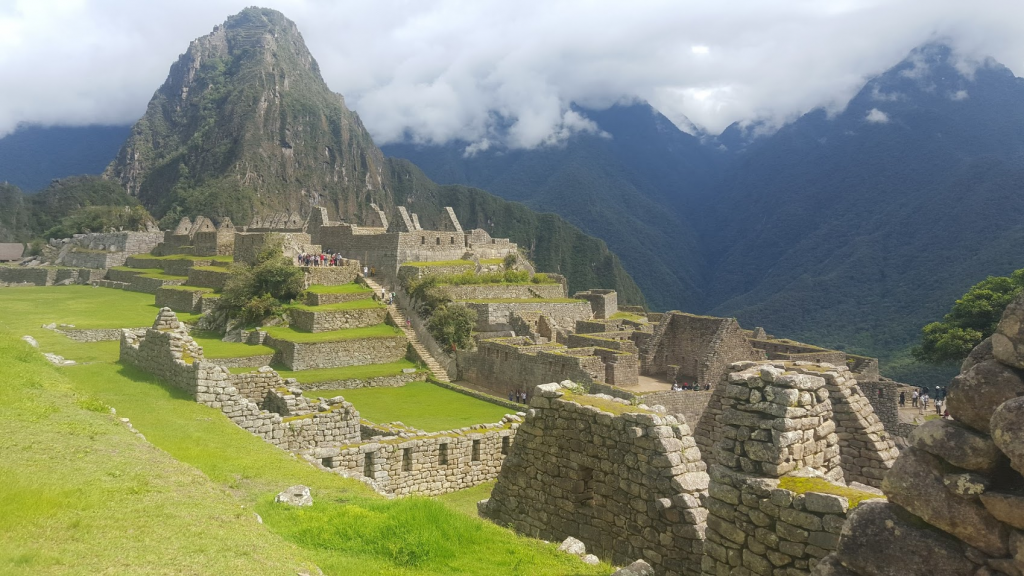
Machu Picchu is huge – and there is so much to see and learn. If you go there solo, sure – you’ll be amazed and awed by the scenery, architecture and views – but you will have no idea what you’re looking at. There are no signs, descriptions, and/or audio tours available. If you’re not going to book through a tour company in advance, you can count on there being 10-12 natives at the entrance to Machu Picchu trying to convince you to let them be your tour guide.
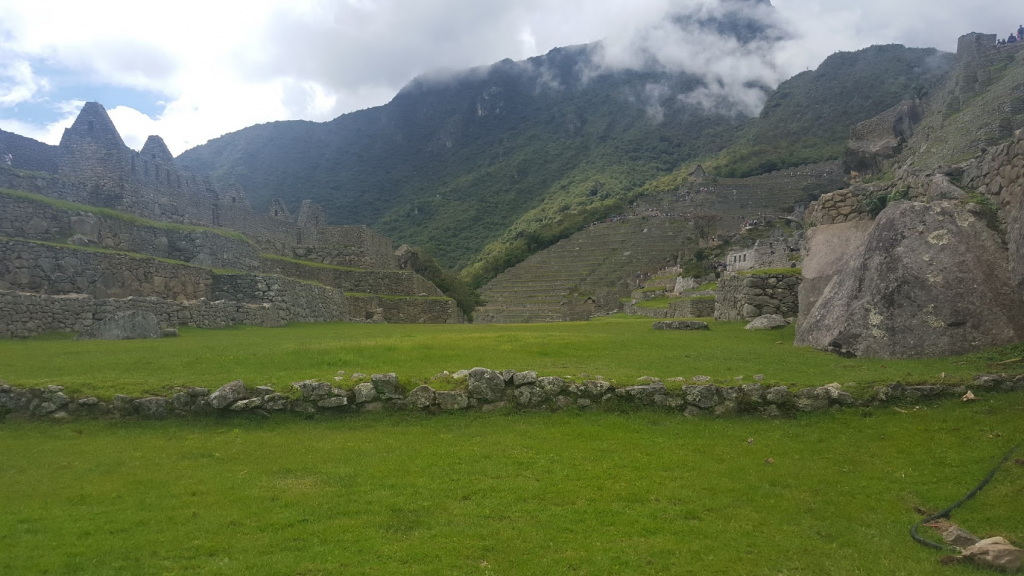
The history, symbolism, structure and stories of Machu Picchu are worth hiring a guide for – they’ll blow your mind.
9 – If You Don’t Do the Inca Trail, Hike from Aguas Calientes Instead of Taking the Bus
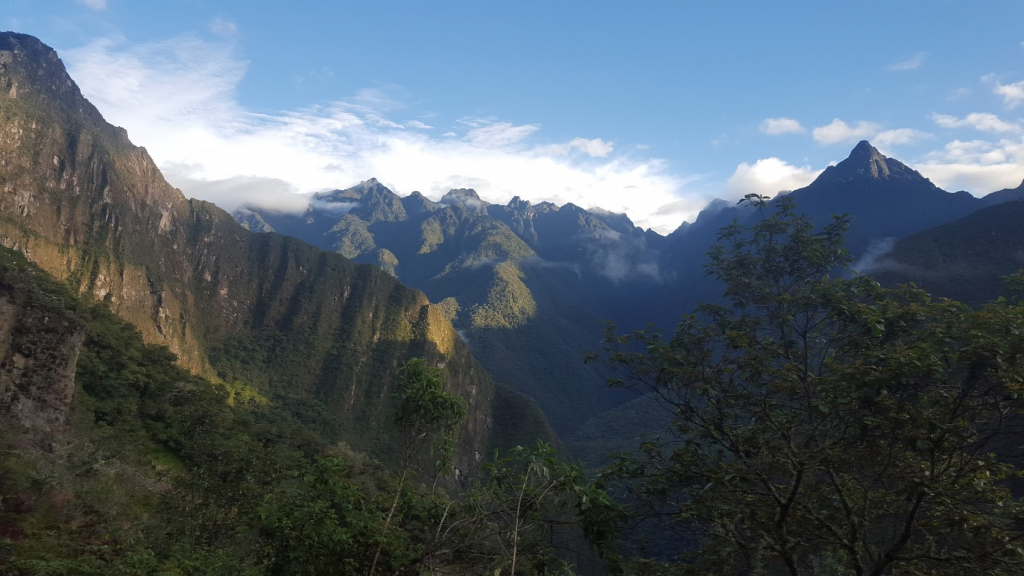
If you decide to just do Machu Picchu – without doing the Inca Trail – you’ll go to Aguas Calientes and then in the morning catch a bus that takes you up a very windy road to the top of the mountain to the entrance of Machu Picchu. If you really want to soak in the experience of being in the Andean mountains (without doing the trek) I suggest hiking up that mountain instead of taking the bus. It’s about a 2-3 hour hike and it has some of the most incredible views I’ve ever seen. It’s a tough, vertical climb for most of it – but worth it. Plus, you won’t have to sit on a packed bus and feel like a flock of sheep being transported up one of the sketchiest mountain roads I’ve ever seen.


3 thoughts on “9 Things to Know Before You Go To Machu Picchu”
Regarding point 4 – just be aware that if you do get your passport stamped, you run the risk of having it seized by your home country. Passports are only to be stamped by recognised border authorities – this is not actually an official stamp.
Hi Justin, Thanks for the tip. We’ve heard of one case where this happened, have you had any experience with this?
Hello, yes… 11 years with a border/immigration agency. Passports with unauthorised stamps, kid’s stickers applied to ‘jazz it up’, covers wrapped in clear adhesive plastic for protection, passports used to collect autographs, passports used as a travel diary… I’ve seen it all.